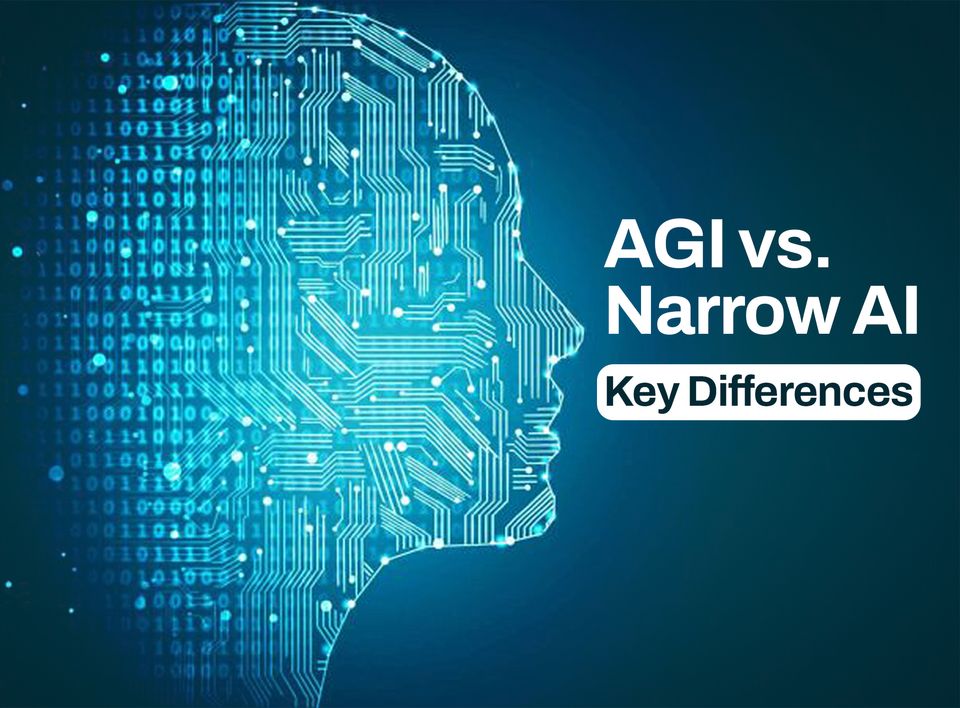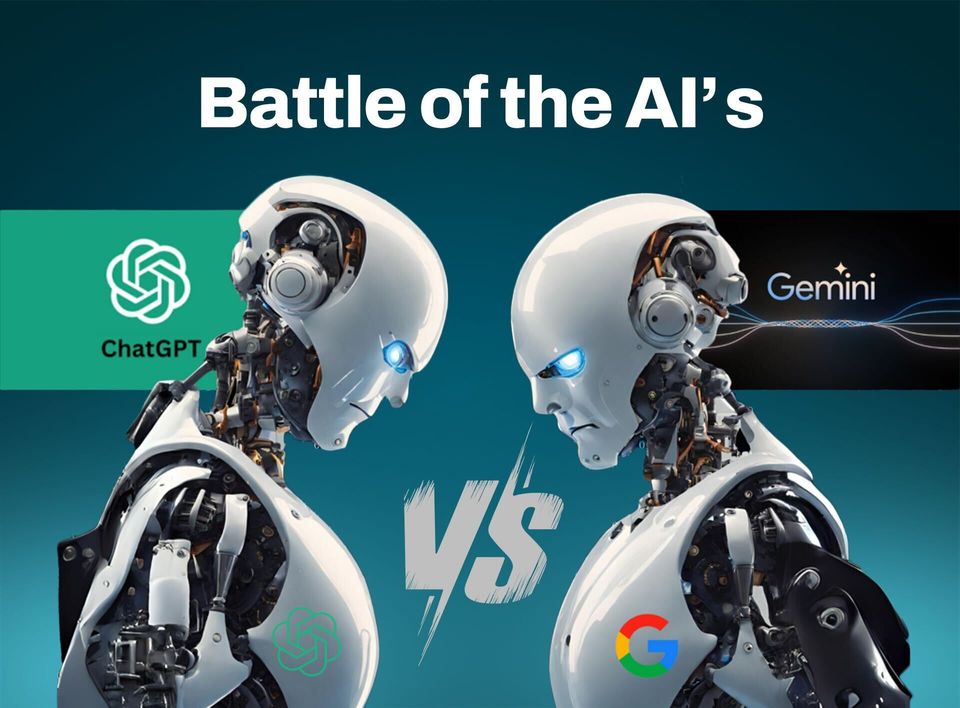Encryption: How It Works and Why It Matters To You
Encryption is a method used in cybersecurity to keep information safe and private. Data Encryption converts your data into a code that only certain people can understand.
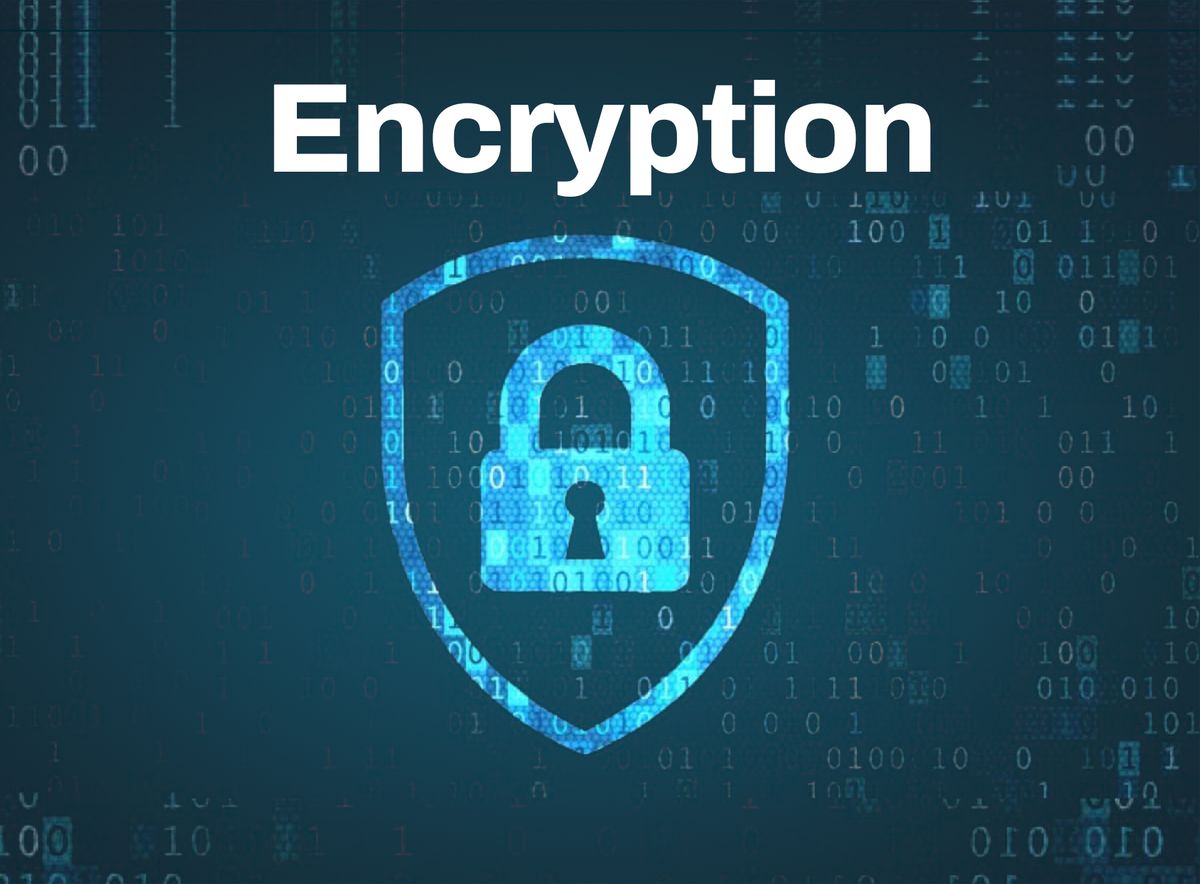
Table of Contents
- What Is Encryption?
- How Does Encryption Work?
- What Happens to Your Data When It Is Encrypted?
- The Importance of Data Encryption
- What Is the Purpose of Encrypting Data?
- What is Cloud Data Encryption?
- What Does End-to-End Encrypted Data Mean?
- Takeaway
- FAQs
As the world continues to move increasingly towards digitalisation, cyber crimes rise in sync with it because of the many possibilities that come with using digital tools.
With tools like facial recognition systems and many variations of hacking techniques, people’s personal data and sensitive information are at a higher risk of getting hacked, leaked, and distributed into malicious hands.
This is why data protection has become a priority in different sectors.
From banking details to private messages, protecting this data is crucial to ensuring security in an electronically regulated environment like the one we have today.
One of the key methods to ensure your data stays secure is encryption. In this blog post, we will explain what encryption is, how it works, and why it is essential for protecting your information.
What Is Encryption?
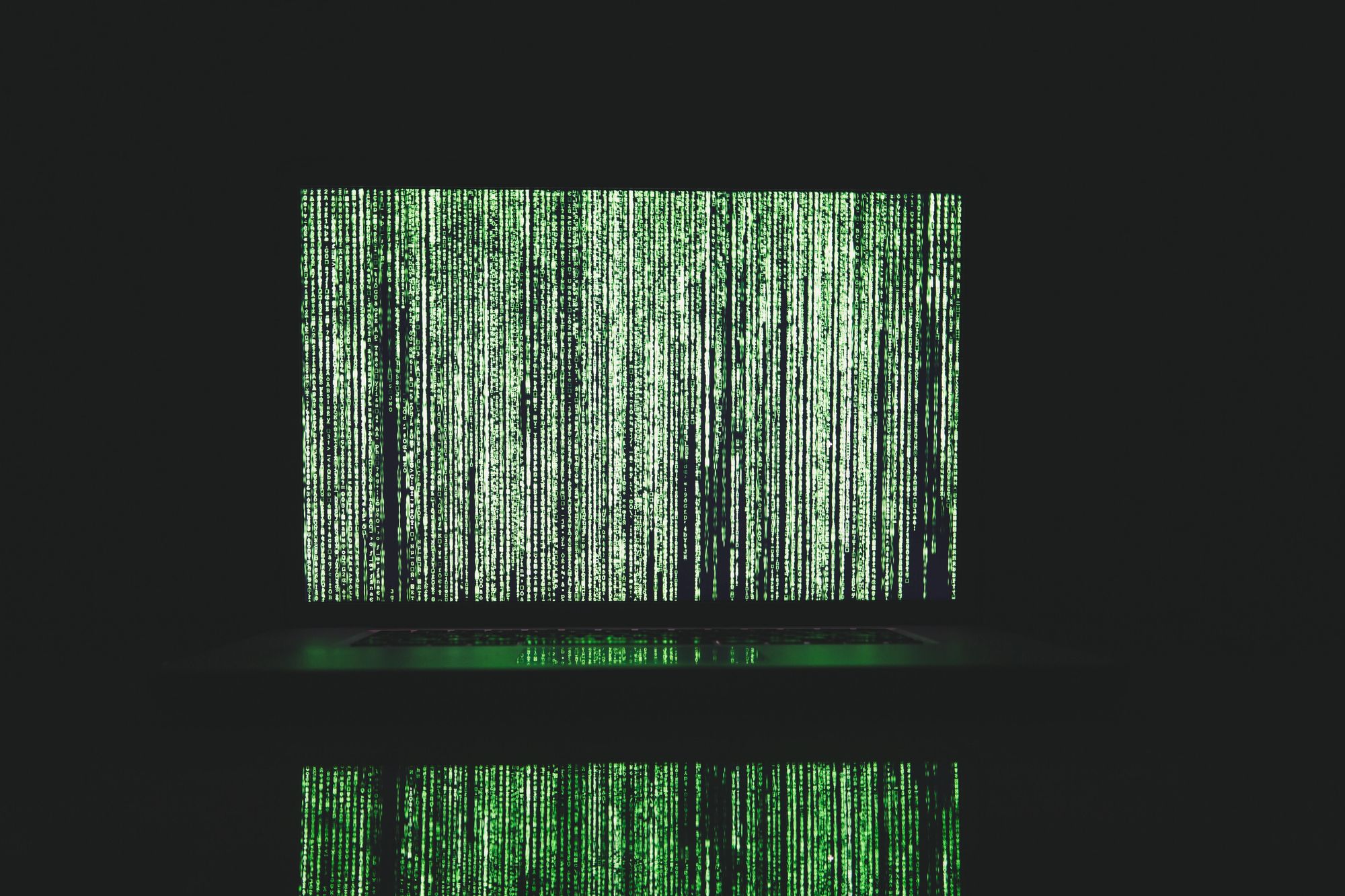
Encryption is a method used in cybersecurity to keep information safe and private. Data Encryption converts your data into a code that only certain people can understand.
For instance, when you send a message or make a transaction online, encryption ensures that only the intended recipient can read it. This process involves converting your readable data into an unreadable format using a special key to prevent unauthorised access.
How Does Encryption Work?
Here’s a step-by-step illustration of how encryption works:
1. Plaintext:
The process begins with your original data, which is called plaintext. This is the ordinary readable information, like a message or file, you want to keep secure.
2. Encryption Algorithm:
Next, an encryption algorithm is used. This is a set of rules or mathematical formulas that scramble your plaintext into an unreadable format. AES (Advanced Encryption Standard) and RSA (Rivest-Shamir-Adleman) are common algorithms used for encryption. These algorithms use complex mathematical operations to make the data unintelligible to anyone who doesn’t have the right key.
3. Encryption Key:
The algorithm needs an encryption key to work. This key is a string of numbers and letters that determines how the data is scrambled. There are two main types of keys: symmetric (the same key is used for both encryption and decryption) and asymmetric (a pair of keys is used—one for encryption and one for decryption).
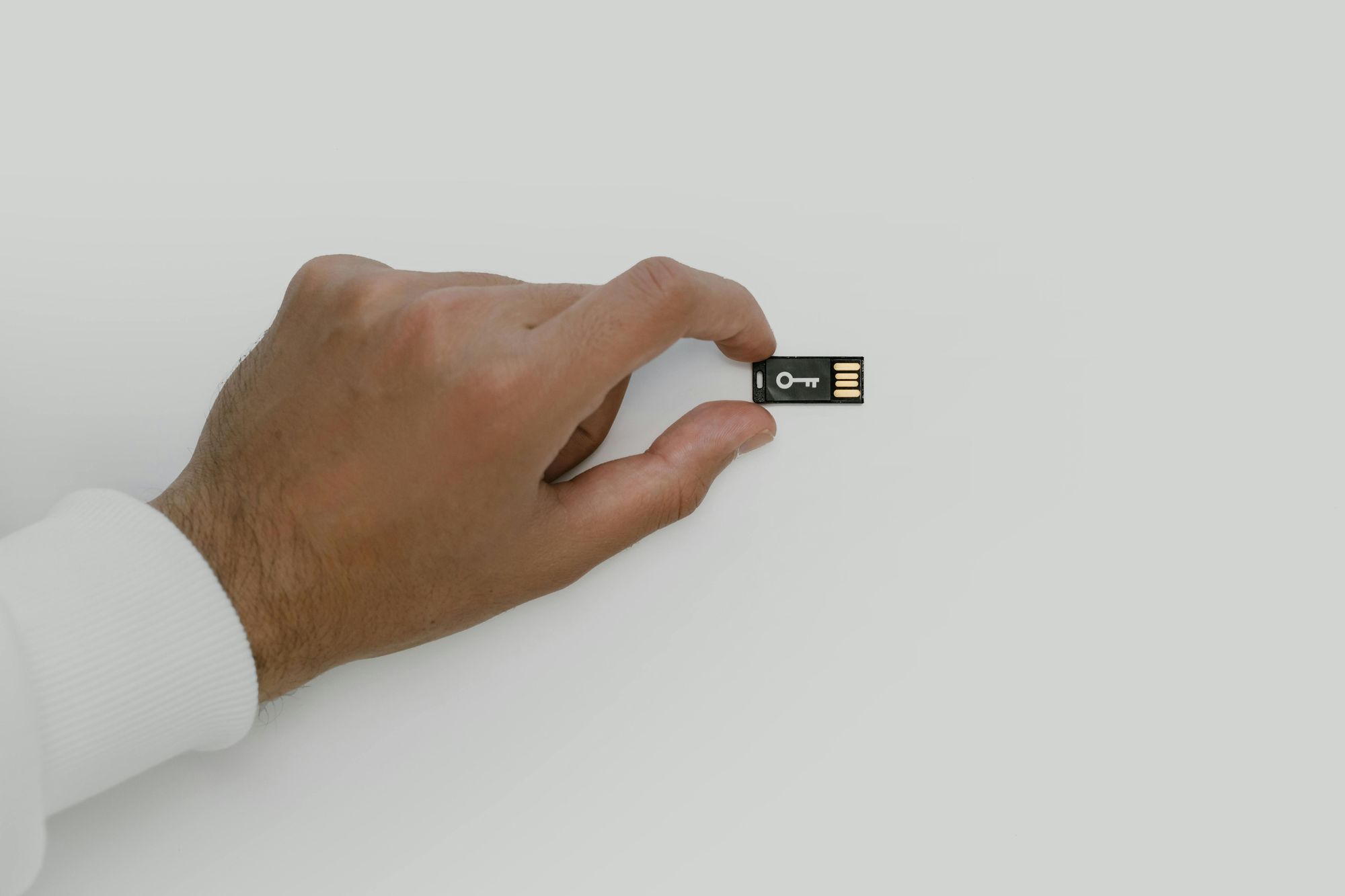
4. Encrypted Data:
After the algorithm applies the key, the result is encrypted data, which is also known as ciphertext. This scrambled version of your original data looks like random characters and is meaningless without the correct key to decrypt it.
5. Decryption:
When you want to access the encrypted data, the process is reversed. The encrypted data is fed back into the decryption algorithm, which uses the key to convert it back into its original, readable form. This step ensures that only those with the correct key can read the data.
6. End-to-End Encryption:
In some cases, like messaging apps, end-to-end encryption ensures that only the sender and receiver can read the message. This means that even if someone intercepts the data, they won’t be able to understand it because they don’t have the decryption key.
What Happens to Your Data When It Is Encrypted?
When your data is encrypted, it undergoes a process that changes its form to keep it secure. First, encryption takes the original data, like a message or a file, and transforms it into a code using an algorithm. This code is a scrambled version of the data, which means it looks like random characters and is unreadable to anyone who doesn’t have the right key to decode it. This scrambled data is known as ciphertext.
Encryption uses a secret key to lock and unlock the data, ensuring that only those with the correct key can access the original information. For example, if you use cloud data encryption, your data is encrypted before it is uploaded to the cloud, protecting it from unauthorised access while it is stored online.
The Importance of Data Encryption
1. Protecting Personal Information:
When your data is encrypted, it’s scrambled in such a way that only those with the correct decryption key can read it. This means that even if someone intercepts your data while it's being transmitted over the internet, they won’t understand it. For example, when you shop online, encryption helps ensure that your credit card information is kept secure from theft.
2. Securing Sensitive Business Data:
Many companies store sensitive information, such as client details, financial records, and trade secrets. Without proper encryption, this data could be accessed and misused by unauthorised individuals. For instance, cloud data encryption protects information stored on cloud servers from being read by anyone other than the intended recipient. This is essential for maintaining trust and compliance with data protection laws.
3. Preventing Identity Theft:
When your personal data is encrypted, it's much harder for thieves to steal and misuse it. For example, end-to-end encrypted data ensures that your communications remain private, so your personal details are safe from being stolen or leaked.
4. Maintaining Data Integrity:
Another important aspect of data encryption is maintaining data integrity. Encryption helps ensure that your data has not been altered or tampered with during transmission. This means that when you receive information, you can be confident that it is precisely what was sent, without any changes or errors.
5. Ensuring Compliance with Regulations:
Many industries are required by law to protect sensitive data through encryption. Regulations like the General Data Protection Regulation (GDPR) in Europe or the Health Insurance Portability and Accountability Act (HIPAA) in the US mandate the use of encryption to safeguard personal information. Understanding and ensuring encryption in cybersecurity helps companies meet these legal requirements and avoid hefty fines.
What Is the Purpose of Encrypting Data?
1. To Protect Your Personal Information:
Encryption ensures that your personal information, such as passwords, credit card numbers, and other sensitive details, remains confidential.
2. To Secure Online Transactions:
When you shop online or perform any financial transaction, encryption keeps your payment details secure by scrambling the data so that it cannot be intercepted by unauthorised parties.
3. To Ensure Privacy in Communication:
What does encrypting data do for communication? It keeps your messages private. Encryption ensures that only the intended recipient can read your message, whether you're sending an email or using a messaging app.
4. To Comply with Legal Requirements:
Many laws and regulations require businesses to encrypt certain types of data to protect customer information. These laws mandate that organisations must take steps to safeguard personal information, and encryption is a crucial measure to meet these legal obligations.
5. Protecting Data in Case of a Breach:
Even with strong security measures, data breaches can occur. Encryption helps reduce the damage if your data is exposed. The encrypted data remains unreadable without the decryption key, making it much harder for attackers to misuse it. This adds an extra layer of security and helps to protect your information from being exploited.
What Is Cloud Data Encryption?
Cloud data encryption is a way to protect your data when it's stored online or in cloud environments, such as in services like Google Drive or Dropbox. When using cloud services, your data is kept on remote servers rather than your own device. To keep this data safe from hackers or unauthorised access, cloud data encryption is used.
What Does End-to-End Encrypted Data Mean?
End-to-end encryption ensures that only you and the person you're communicating with can read the messages you send. This type of encryption protects your data from anyone else, including hackers, your internet provider, and even the company that provides the messaging service.
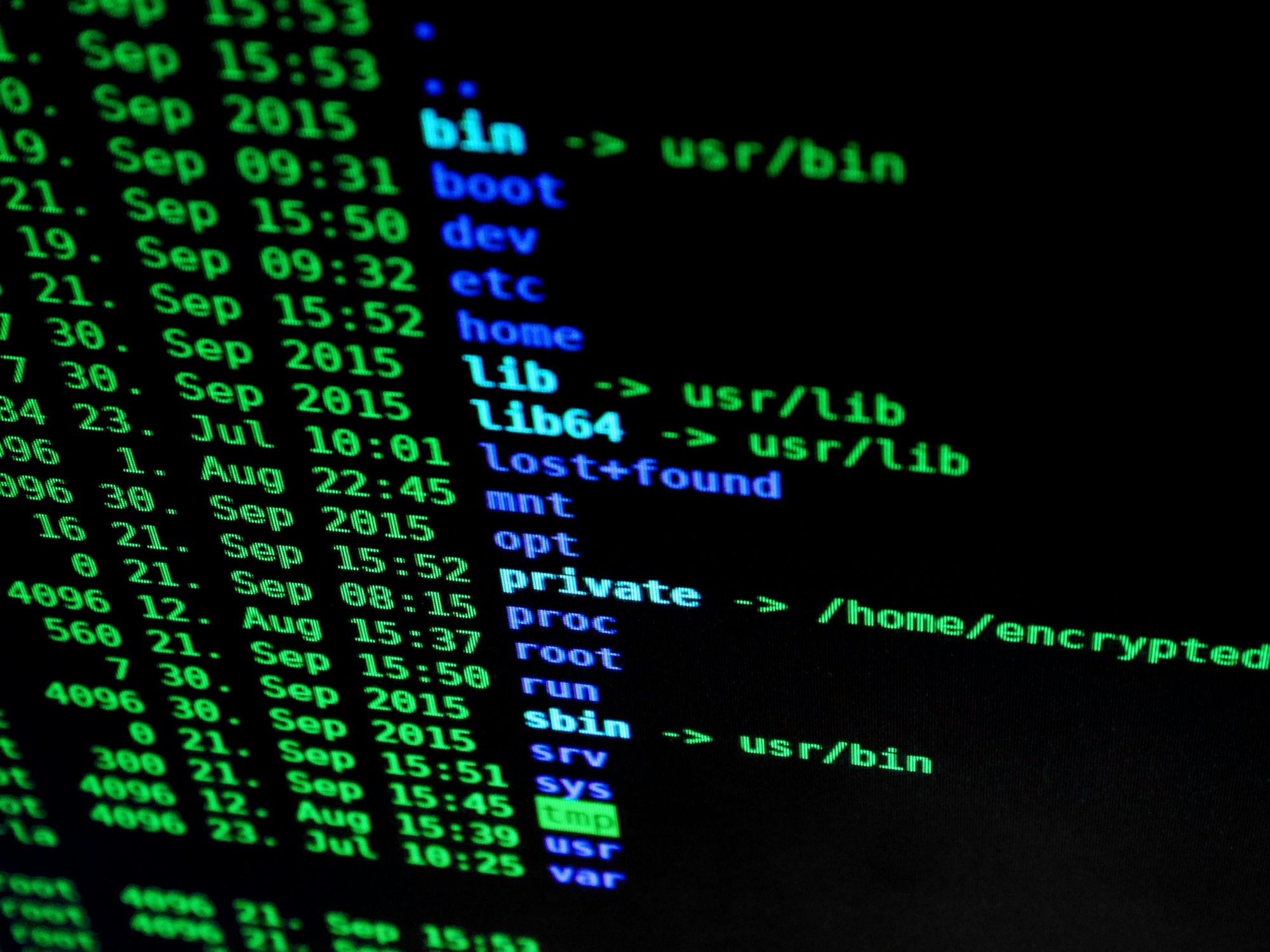
When you send a message, it is encrypted on your device before it is sent over the internet. This means the message is scrambled and unreadable to anyone who might intercept it.
Once the message reaches its destination, it is decrypted and becomes readable again. This whole process ensures that your data remains secure from the moment it leaves your device until it reaches the recipient's device. Many messaging apps like WhatsApp and Signal use end-to-end encryption to keep your conversations safe and private.
Takeaway
Encryption is an important aspect of ensuring maximum security in cyberspace, especially with the increasing number of fintech and crypto platforms currently available which require classified information.
Whenever you perform an online transaction, provide personal information on the web, or convey sensitive information via an online platform, make sure that your data is encrypted.
Without proper encryption, you might fall victim to malicious individuals monitoring your accounts, looking for a weak link to access your data. Stay vigilant.
FAQs
Q1. What is encryption?
Encryption is a process that converts readable data into a coded format to prevent unauthorised access.
Q2. How does encryption work?
Encryption uses algorithms and keys to turn readable data into secure codes.
Q3. What is encryption in cybersecurity?
In cybersecurity, encryption protects sensitive information from unauthorised access.
Q4. What happens when there is no encryption?
If you send the data unencrypted, there is a risk that if it is lost or stolen, a third party could gain unauthorised access to the personal data.
Q5. What happens to your data when it is encrypted?
It is transformed into an unreadable format that can only be deciphered with the correct decryption key.
Q6. Why is data encryption important?
It protects privacy, prevents unauthorised access, and secures communication.
Q7. How is encryption different from hashing?
Hashing refers to permanent data conversion into message digest, while encryption works in two ways, which can encode and decode the data.
Q8. Why should you care about encryption?
You should care about encryption because it helps protect your personal and sensitive information from being stolen or misused, ensuring your privacy and security online.
Q9. What is cloud data encryption?
Encryption of data stored in cloud services to protect it from unauthorised access.
Q10. What does end-to-end encrypted data mean?
Data is encrypted on the sender's side and only decrypted by the intended recipient, ensuring that the service provider cannot access it.
Disclaimer: This article was written to provide guidance and understanding. It is not an exhaustive article and should not be taken as financial advice. Obiex will not be held liable for your investment decisions.



